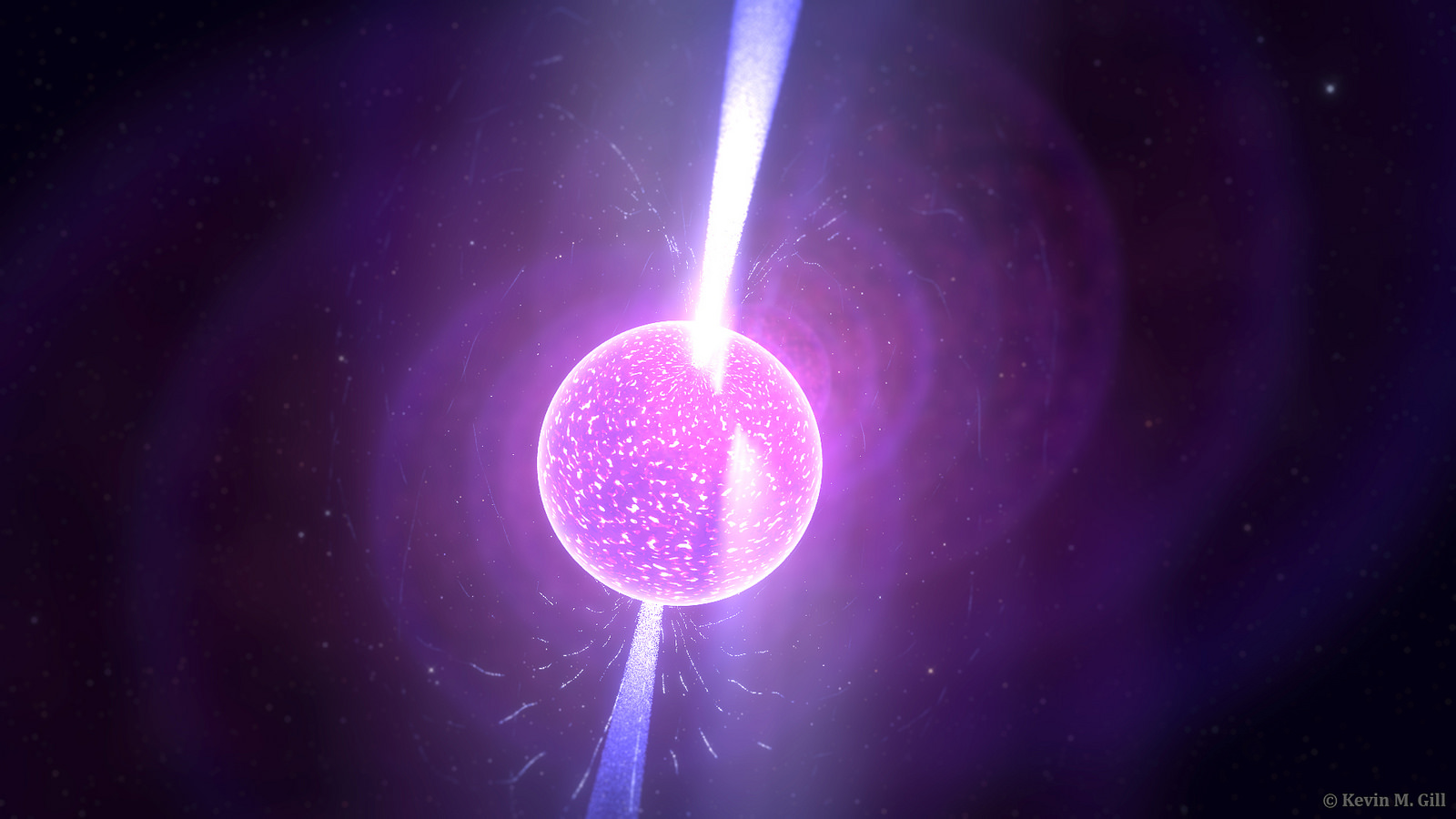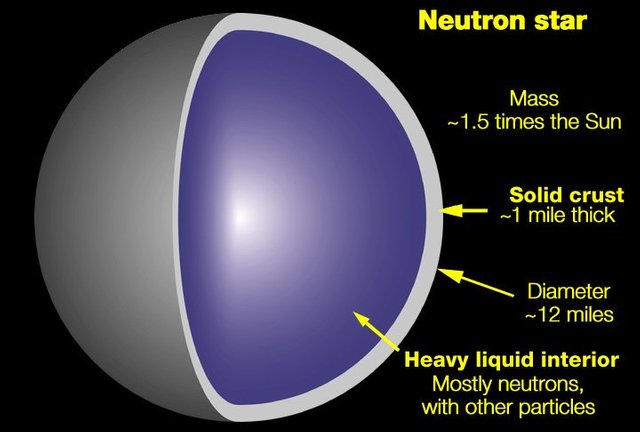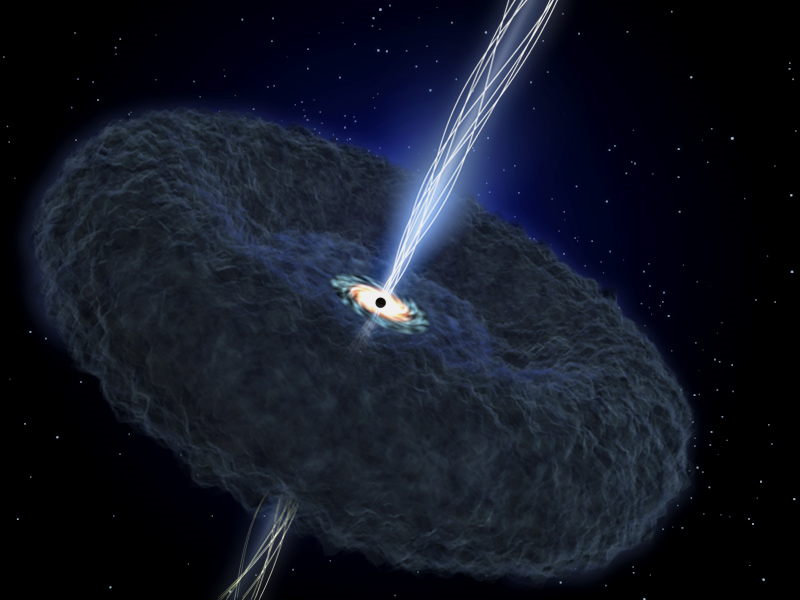Interstellar celestial bodies
Neutron star:

When stars four to eight times as massive as the sun explode in a violent supernova, their outer layers can blow off in an often-spectacular display, leaving behind a small, dense core that continues to collapse. Gravity presses the material in on itself so tightly that protons and electrons combine to make neutrons, yielding the name "neutron star." [Supernova Photos: Great Images of Star Explosions]
Neutron stars pack their mass inside a 20-kilometer (12.4 miles) diameter. They are so dense that a single teaspoon would weigh a billion tons — assuming you somehow managed to snag a sample without being captured by the body's strong gravitational pull. On average, gravity on a neutron star is 2 billion times stronger than gravity on Earth. In fact, it's strong enough to significantly bend radiation from the star in a process known as gravitational lensing, allowing astronomers to see some of the back side of the star.!

If a neutron star is part of a binary system that survived the deadly blast from its supernova (or if it captured a passing companion), things can get even more interesting. If the second star is less massive than the sun, it pulls mass from its companion into a Roche lobe, a balloon-like cloud of material that orbits the neutron star. Companion stars up to 10 times the sun's mass create similar mass transfers that are more unstable and don't last as long.
Stars more than 10 times as massive as the sun transfer material in the form of stellar wind. The material flows along the magnetic poles of the neutron star, creating X-ray pulsations as it is heated.
By 2010, approximately 1,800 pulsars had been identified through radio detection, with another 70 found by gamma-rays. Some pulsars even have planets orbiting them — and some turn into planets.

Some neutron stars have jets of materials streaming out of them at nearly the speed of light. As these beams pan past Earth, they flash like the bulb of a lighthouse. This pulsing appearance led them to be called pulsars.
When X-ray pulsars capture the material flowing from more massive companions, that material interacts with the magnetic field to produce high-powered beams that can be seen in the radio, optical, X-ray or gamma-ray spectrum. Because their main power source comes from the material from their companion, they are often called "accretion-powered pulsars." "Spin-powered pulsars" are driven by the stars rotation, as high-energy electrons interact with the pulsar's magnetic field above their poles. Young neutron stars before they cool can also produce pulses of X-rays when some parts are hotter than others.
As material within a pulsar accelerates within the magnetosphere of a pulsar, the neutron star produces gamma-ray emission. The transfer of energy in these gamma-ray pulsars slows the spin of the star.
Magnetars have magnetic fields a thousand times stronger than the average neutron star. The resulting drag causes the star to take longer to rotate.